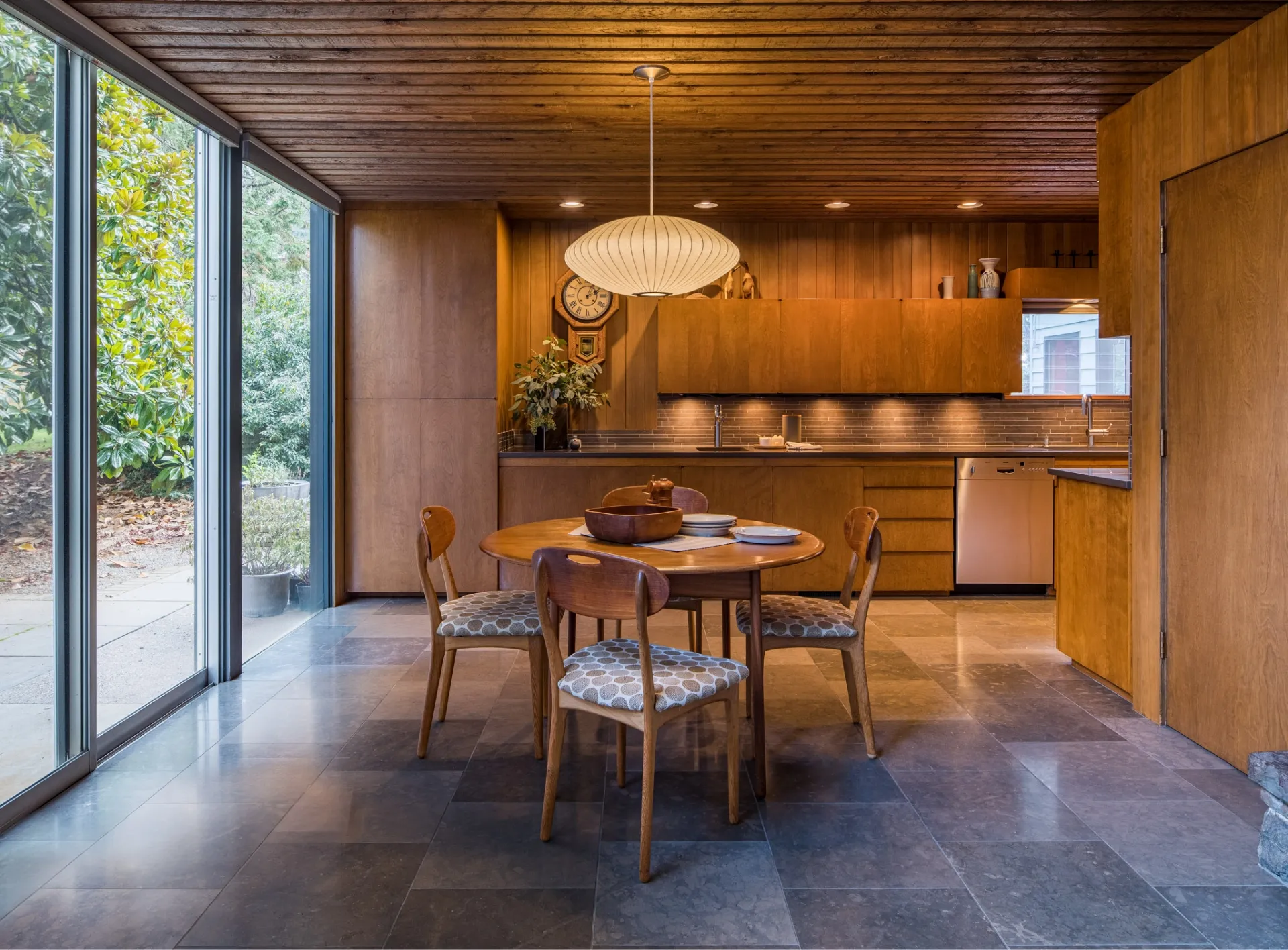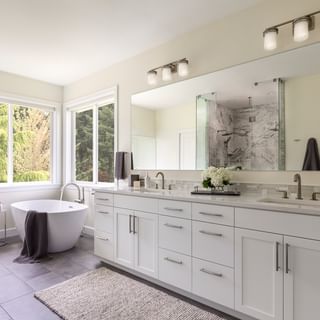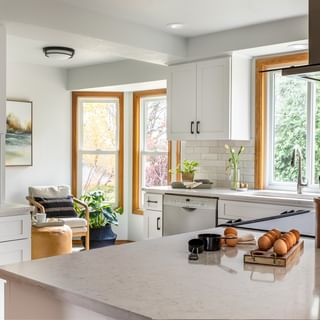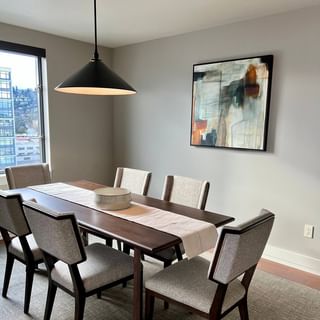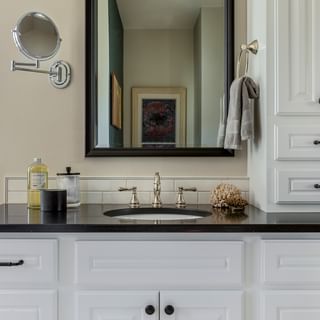Navigating Tariffs in Your Remodeling Project: Tips to Stay on Budget

We’ve been hearing a lot about tariffs recently and much like you, we’re trying to understand how they will affect our daily lives and future plans. Tariffs may throw a wrench into your remodeling plans, but with the right strategies, we can help keep your project on track and within budget. This month, we’ll break down what tariffs are, how they impact remodeling, and actionable tips to navigate their effects.
What Are Tariffs?
Tariffs are essentially taxes that the U.S. government places on products coming from other countries. The goal is to either protect American-made goods, generate revenue, or shift the balance of trade. Historically, these taxes have gone up and down—at times, they were as high as 50%, but in the past several decades they’ve stayed below 10%. More recently, however, tariffs have increased on key materials we use every day—like steel, aluminum, and certain products imported from places like China, Canada, and the EU. For us in the remodeling industry, that means some of the materials we rely on to build kitchens, bathrooms, and additions now cost more. In turn, this can impact overall project budgets for homeowners.
How Is Remodeling Affected?
When tariffs go up, the cost of importing materials and products rises too—and that cost increase makes its way through the entire supply chain. For instance, a 25% tariff on steel and aluminum can raise prices on everything from structural supports to kitchen appliances. In our industry, we’re especially keeping an eye on plumbing fixtures, countertops, tile, and appliances—these are the areas where we’re seeing the biggest impact. As material costs go up, contractors often have no choice but to adjust estimates, which can increase the overall price of a remodeling project. Tariffs can also lead to supply shortages, which means longer wait times while manufacturers and suppliers work to catch up.
What Materials and Assemblies Are Affected?
Cabinetry and Countertops: Imported or partially assembled components face higher costs, especially for quartz and granite sourced internationally.
Steel and Aluminum: Used in framing, roofing, HVAC systems, and appliances. Tariffs of 10-25% on these metals increase costs for structural components and finishes.
Lumber: Tariffs on Canadian softwood lumber (up to 20%) affect framing, flooring, and cabinetry.
Ceramics and Tiles: Imported tiles from China face tariffs of up to 25%, raising costs for bathroom and kitchen renovations.
Lighting and Plumbing Fixtures: Many fixtures are manufactured overseas and tariffs inflate prices for faucets, sinks, and chandeliers.
Can Design Services Help Save Money?
Working with a professional designer isn’t just about making your space look great—it’s also a smart way to manage costs, especially with rising material prices due to tariffs. Here’s how design helps you save:
Smarter Material Choices: We can recommend beautiful, budget-friendly alternatives to imported materials—often from domestic sources—so you don’t have to sacrifice style or quality.
Better Use of Space: A well-thought-out design reduces waste by making the most of every square foot and helping us order exactly what we need—no more, no less.
Focusing on What Matters Most: Through value engineering, we highlight key design features (like a standout backsplash or custom island) while scaling back in areas where it won’t be missed—keeping the look you want within budget.
Access to Cost Savings: As professionals, we often work with local suppliers and receive trade discounts that aren’t available to the public. That means potential savings passed directly on to you.
When Are Prices Going to Change?
Tariff-related price changes don’t happen overnight—they’re tied to government trade decisions and how fast the market reacts. As of May 2025, tariffs on materials like steel, aluminum, and products from China are likely to stick around or even increase. That means we could see price changes within 3 to 6 months as suppliers adjust.
The best thing you can do? Stay informed and work closely with our design and selections team—we’re tracking this daily. Locking in your materials early is a smart move. Pre-ordering now can help you avoid future price hikes. But timing matters—waiting too long could cost more.
How Material Choices Impact Your Remodeling Budget
The materials you choose play a big role in how far your remodeling budget goes—especially with tariffs driving up costs on certain imports. Here’s how we help you make smart, cost-conscious choices:
Go Local: U.S. made products like domestic hardwood floors or locally sourced stone help avoid import tariffs—and often support better lead times, too.
Consider Alternatives: Instead of high-cost imported materials (like granite from overseas), we can suggest attractive, affordable options such as porcelain tile or butcher block countertops.
Think Long-Term: In high-traffic areas, it’s worth investing in durable materials that stand the test of time—saving you money on future repairs or replacements.
Blend High and Low: Mixing luxury features (like statement lighting or designer plumbing) with budget-friendly elements (like stock cabinets) creates a beautiful space without overspending.
Final Thoughts
While tariffs can add complexity to the remodeling process, they don’t have to throw your project off course. With a clear understanding of their impact, thoughtful design guidance, and smart material choices, it’s absolutely possible to stay on budget and on schedule. The key is working closely with our design team to anticipate price changes and explore creative solutions that align with your vision and priorities.

